In a Kyiv basement, volunteers solder circuits and assemble carbon-fiber frames, crafting first-person view (FPV) drones that have become Ukraine‘s lifeline in its war against Russia. A recent milestone by Vyriy, one of Ukraine’s leading drone manufacturers, marks a shift: drones built entirely from Ukrainian-sourced components, free from reliance on foreign supply chains. This achievement, reported by NPR, signals Ukraine’s push for technological independence in a conflict defined by drones.
From Coffee Shops to Combat Drones
Before Russia’s 2022 invasion, Andrii Yukhno was a barista in Kyiv. Now, the 31-year-old oversees a covert drone workshop in a basement apartment, producing 100 FPV Drones monthly for Ukraine’s military.
“In the beginning, I was delivering food and medicine to people in Kyiv, anything to help,” Yukhno told NPR. “But then I moved on to bigger and bigger things.”
After taking online drone-making courses, he transitioned to building FPV drones—manually piloted units equipped with explosives, known as “candy” among makers, for frontline strikes.
The workshop hums with activity. Volunteers like Khrystyna Pashchenko, 32, who left her job at an internet firm, solder engines to motherboards.
“I feel super excited and a little bit proud of myself that I can do something useful,” she said. Pashchenko, unpaid but driven by purpose, finds motivation in videos from soldiers thanking her team.
Oleh Halaidych, a 34-year-old biophysicist with a Ph.D. in stem cell research, also contributes. “Science is slow,” he said. “We need to do something to protect ourselves right now.”
These small-scale operations reflect a broader trend. Yukhno estimates at least 15 similar workshops exist in Kyiv alone, each churning out drones to counter Russia’s battlefield advances.
Vyriy’s Breakthrough: Fully Ukrainian Drones
On Kyiv’s outskirts, Oleksii Babenko, CEO of Vyriy, tests a drone in a forested field. His company recently achieved a feat: producing FPV drones with 100% Ukrainian-made parts, from carbon-fiber frames to cameras and motors.
“From the start of this war, every time Ukraine needs something, we have to ask other nations for it over and over again,” Babenko told NPR. “So the only way to stay strong is to make everything here.”
Vyriy’s milestone addresses a critical vulnerability—reliance on foreign components, particularly from China, which dominates global drone supply chains. By sourcing domestically, Vyriy ensures production resilience against supply disruptions or geopolitical pressures. The company’s factory location remains secret to avoid Russian targeting, a precaution underscoring the high stakes of Ukraine’s drone program.
During a test flight observed by NPR, a Vyriy drone trailed fiber optic cable, enabling jam-resistant control and video feeds. This innovation, developed in 2023, counters electronic warfare tactics like radio jamming. However, Babenko noted Russia’s rapid adaptation, highlighting the relentless pace of the technological race.

A Nation of Drone Makers
Ukraine’s Drone Industry spans mom-and-pop workshops to industrial operations. Oleksandr Kamyshin, an advisor to President Volodymyr Zelenskyy, told NPR that Ukraine can produce up to 5 million FPV drones annually, with over 150 manufacturers capable of delivering 100,000 units monthly.
“Once you’ve got a technology, the other side tries to counter this technology,” Kamyshin said. “Within the war is a constant war of innovations and technologies.”
FPV drones dominate Ukraine’s strategy. According to the Ukrainian general staff, cited by NPR, over half of frontline destruction stems from these agile, explosive-laden units. Operators, wearing goggles with live feeds, pilot drones into targets—vehicles, trenches, even tanks—with devastating precision. At roughly $400 per drone, as noted in a Fortune report, they can destroy multimillion-dollar assets, redefining cost-effective warfare.
Yet, Russia’s production capacity overshadows Ukraine’s. Kamyshin estimates Russia trails by mere months in innovation but scales faster. This disparity drives Ukraine to prioritize agility and self-reliance, as evidenced by Vyriy’s domestic sourcing and the proliferation of DIY workshops.
Technical Edge: Fiber Optics and Beyond
Vyriy’s use of fiber optic cables marks a leap in countering electronic warfare. Unlike radio signals, vulnerable to jamming, fiber optics provide a secure link between drone and operator. A single drone can deploy hundreds of yards of cable, as seen in NPR’s field test, ensuring uninterrupted control over distances up to 6 miles (10 kilometers). This technology, while limiting drone range compared to radio-controlled models, offers unmatched reliability in contested environments.
Ukraine’s drones also incorporate lightweight carbon-fiber frames, typically weighing under 2 pounds (0.9 kilograms), and motors delivering speeds up to 60 mph (97 km/h). Cameras provide 1080p resolution for precise targeting, while payloads—often 2 to 4 pounds (0.9 to 1.8 kilograms) of explosives—maximize destructive impact. These specs, verified through industry standards, align with FPV drones’ role as precision weapons.
Industry and Regulatory Context
Ukraine’s drone surge operates in a regulatory gray zone. Domestic production faces minimal oversight, prioritizing speed over bureaucracy—a necessity in wartime but a potential hurdle for scaling exports.
Geopolitically, Ukraine’s shift to domestic sourcing reduces dependence on China, which supplies 70% of global drone components, according to market analysis. This move could inspire other nations to diversify supply chains, especially amid U.S.-China trade tensions. However, scaling to 5 million drones annually—equivalent to 2,500 tons (2,268 metric tons) of equipment—requires massive investment, raw materials, and skilled labor, challenging Ukraine’s war-strained economy.
Ukraine’s drone innovations could reshape the global market. Vyriy’s model—low-cost, domestically sourced FPV drones—offers a blueprint for nations seeking affordable defense solutions. If Ukraine sustains its projected 4.6 million drone capacity by 2025, as reported by Kyiv Independent, it could pivot to exports, competing with giants like DJI. Yet, Russia’s counter-innovations, including AI-guided drones and advanced jammers, threaten to erode Ukraine’s edge unless investment keeps pace.
DroneXL’s Take
Vyriy’s 100% Ukrainian-made drones prove that a nation under pressure can achieve supply chain independence, delivering FPV drones that are both effective and economical. This raises a pointed question for the U.S.: if Ukraine can produce sophisticated drones without Chinese components, why can’t American manufacturers do the same? The U.S., with its vast resources and tech ecosystem, should prioritize domestic drone production to reduce reliance on foreign supply chains, especially for military applications. Initiatives like the Pentagon’s Replicator program aim for this, but scaling affordable, fully American-made drones remains a gap Ukraine’s example could inspire us to close.
By fostering innovation and resilience, Ukraine’s drone makers—whether in basements or factories—demonstrate that necessity drives progress, even in the face of existential threats.
Photos courtesy of Anton Shtuka / NPR.
Discover more from DroneXL.co
Subscribe to get the latest posts sent to your email.
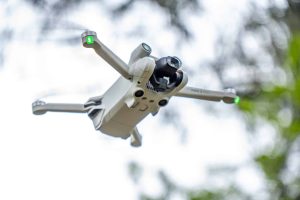
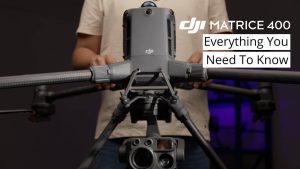

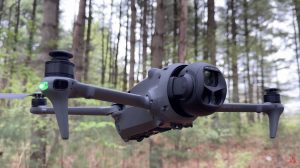


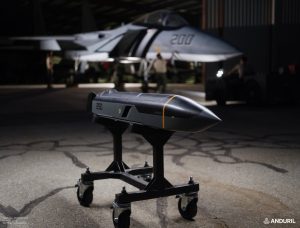
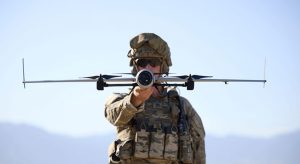
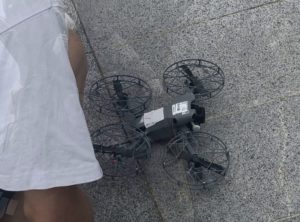

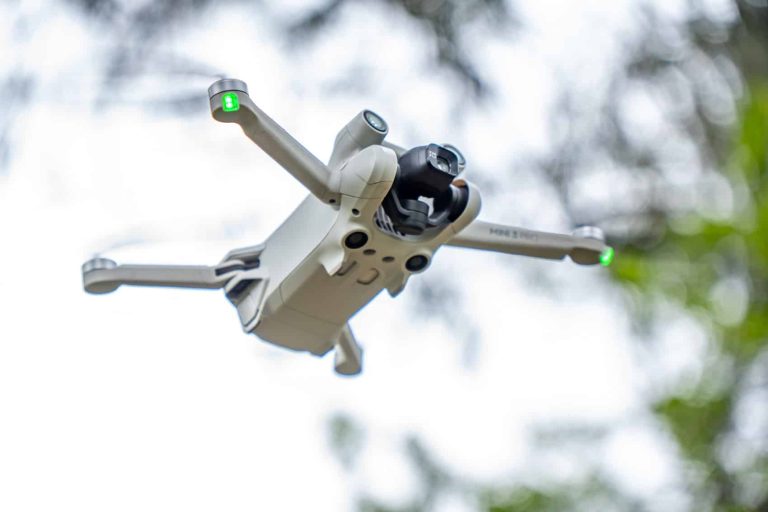
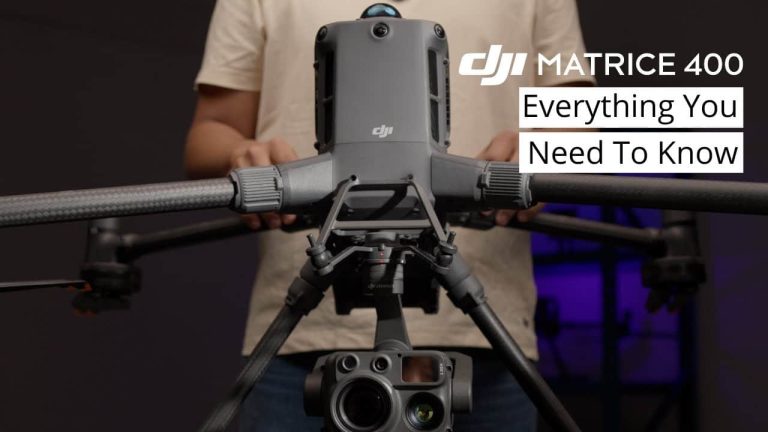



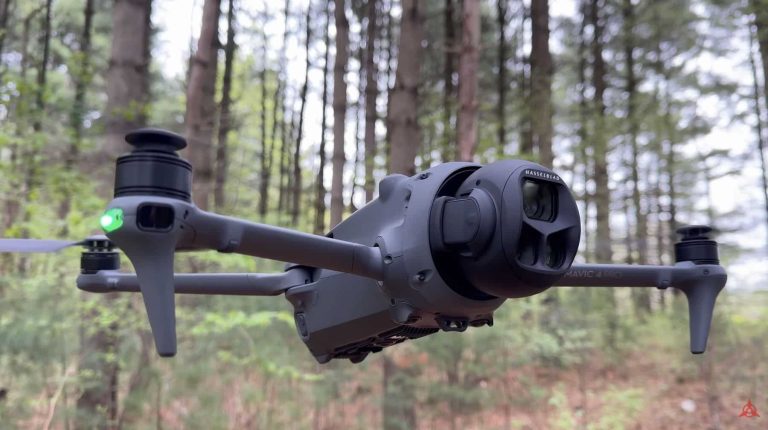
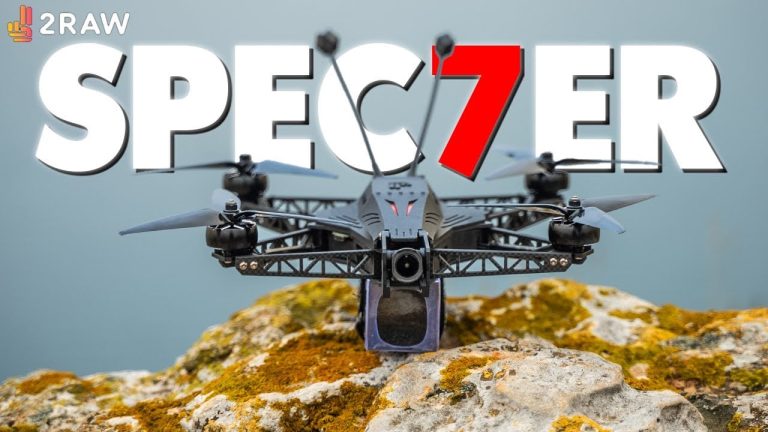

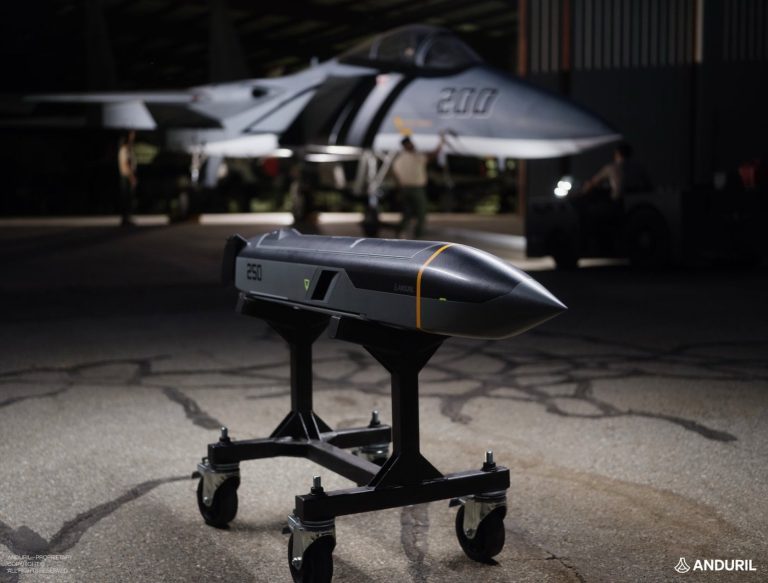
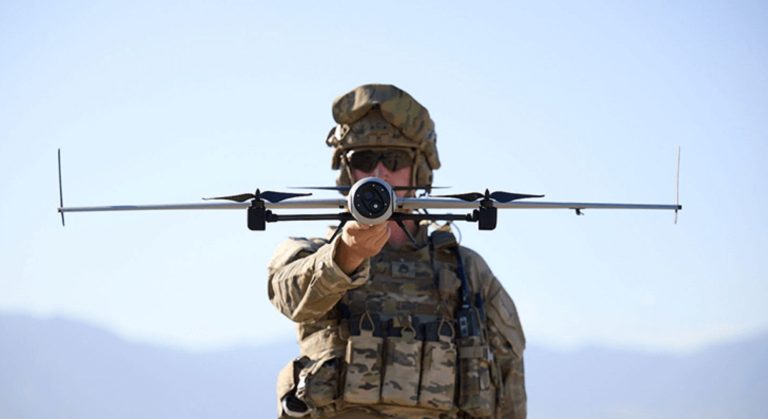
+ There are no comments
Add yours